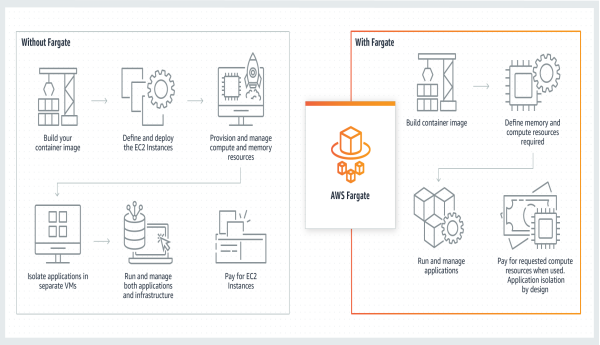Business challenges
Solution Overview
Business Impact
Technology Stack







Business Challenges
Utility inspection is an expensive and labor-intensive process. A human maintenance engineer, physically visits or reviews, videos/images of the utility pole to take measurements and perform audits.
Key Features
Trusted and Proven Engagement Model

- The solution discovery phase is all about knowing your target audience, writing down requirements, and creating a full scope for the project.
- This helps clarify the goals, and limitations, and deliver quality products & services.
- A nondisclosure agreement (NDA) is signed to not disclose any sensitive information revealed over the course of doing business together.
- Our NDA-driven process is established to keep clients’ data and IP safe and secure.
- Our engagement model defines the project size, project development plan, duration, concept, POC etc.
- Based on these scenarios, clients may agree to a particular engagement model (Fixed Bid, T&M, Dedicated Team).
- The SOW document shall list details on project requirements, project management tools, tech stacks, deliverables, milestones, timelines, team size, hourly/monthly rate cards, billable hours and invoice details.
- On signing the SOW, an official project kick-off meeting shall be initiated.
- Our implementation approach, ecosystem, tools, solutions modelling, sprint plan, etc. shall be discussed during this meeting.
Our Award-Winning Team
A seasoned AI & ML team of young, dynamic and curious minds recognized with global awards for making significant impact on making human lives better

Awarded Bronze Trophy at CII National competition on Digitization, Robotics & Automation (DRA) – Industry 4.0

Awarded as Winner among 1000 contestants at TechSHack Hackathon
Related capabilities

An ergonomic assessment also called an ergonomic risk assessment, is an objective measure of the risk factors in your work environment that may lead to musculoskeletal disorders or injuries among your workforce, so that you can make measurable improvements in the work environment.




























